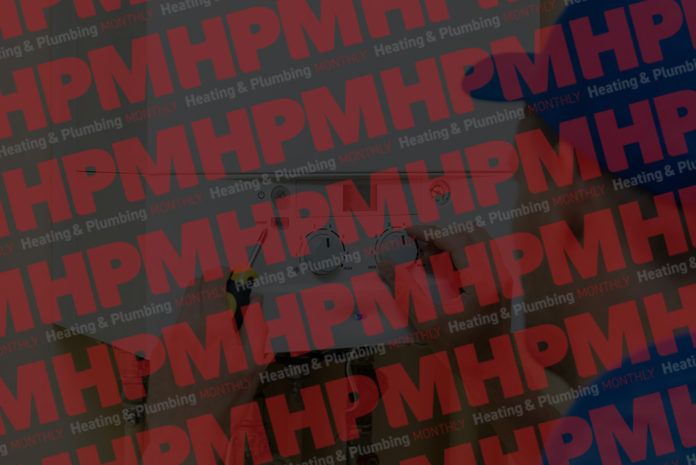
Going back several decades, ventilation requirements in domestic properties were frequently ignored buildings were poorly insulated and standards of construction frequently left something to be desired.
The result was quite high levels of air infiltration through structural cracks, gaps around window and door frames, and via ventilated ground floor voids.
Nowadays the situation has changed. New and re-furbished houses have to meet Building Regulations standards which require high levels of structural insulation and draught proofing.
New dwellings have to have an air tightness test carried out on them to show that they meet the Building Regulations specified levels of air tightness.
The resultant reduction in air infiltration levels means that there is a risk of build-up of moisture, smells and contaminants within the dwelling.
The principal objective of providing ventilation is to limit the build-up of moisture, which can result in mould growth, and the build-up of pollutants which originate within the dwelling and which could otherwise become a hazard to the health of the occupants.
The normal method of providing ventilation is to install local intermittent demand controlled extract from areas where the moisture, pollutants and odours are produced, such as kitchens, utility rooms, bathrooms and WCs.
In older properties which are not airtight, the action of the extract fans will cause fresh air to be drawn into the building, but with modern airtight buildings it may be necessary to provide filtered make-up air so as to maintain fresh conditions within the dwelling.
Both supply and extract ventilation may be achieved through the wall fan unit, with incorporates a heat recovery heat exchanger, so that the heat in the outgoing extract air is transferred into the incoming air. With larger dwellings, the provision of both extract and make-up air may be achieved through use of a whole house ventilation system with heat recovery, the heat recovery function being disabled during hot weather.
Part F of the Building Regulations deals with ventilation requirements and specifies minimum ventilation requirements for habitable rooms, Kitchens, Utility Rooms, Bathrooms and WCs. The requirements can be met by a combination of rapid ventilation (openable windows), background ventilation and mechanical ventilation or, alternatively, what is called Passive Stack Ventilation or PSV.
Part F also covers the control of ventilation, ventilation effectiveness, noise levels and it also stipulates a requirement for commissioning and testing.
Meeting the requirements of rapid and background ventilation, whole house ventilation and PSV systems is invariably the building architect’s responsibility.
However, meeting basic mechanical ventilation requirements, with point of use intermittent operation fans, is often left as part of the heating technician’s responsibility.
The requirement for commissioning and testing is waived in the case of ventilation units which have ‘factory set’ operational parameters, which covers all point of use extract fans.
You will find that all the major fan manufacturers include details of the ventilation requirements in their literature and, of course, advise on which of their fans will meet the requirement, but there are other considerations to be borne in mind.
The first is in relation to fan duties, and in particular the selection of cooker hoods. You may think that if you install an off the shelf cooker hood from any reputable manufacturer you will meet the requirement of an extract rate of 30l/s adjacent a hob.
Extract hood fans are designed to overcome the resistance to airflow of the integral grease filter, which means that there is only a small margin left to cope with the resistance of any external ducting.
If the hood is mounted directly on an outside wall and discharges straight through that wall to the outside, it will cope, but add on a length of ducting, particularly flat duct, and some bends, and you may well fail to meet the extract rate requirements of the Regulations.
Some manufacturers state the maximum external resistance in terms of length of duct and number of bends that their fan will cope with, but if they do not, then ask before you buy, or you could be held liable for Building Regulations non-compliance.
